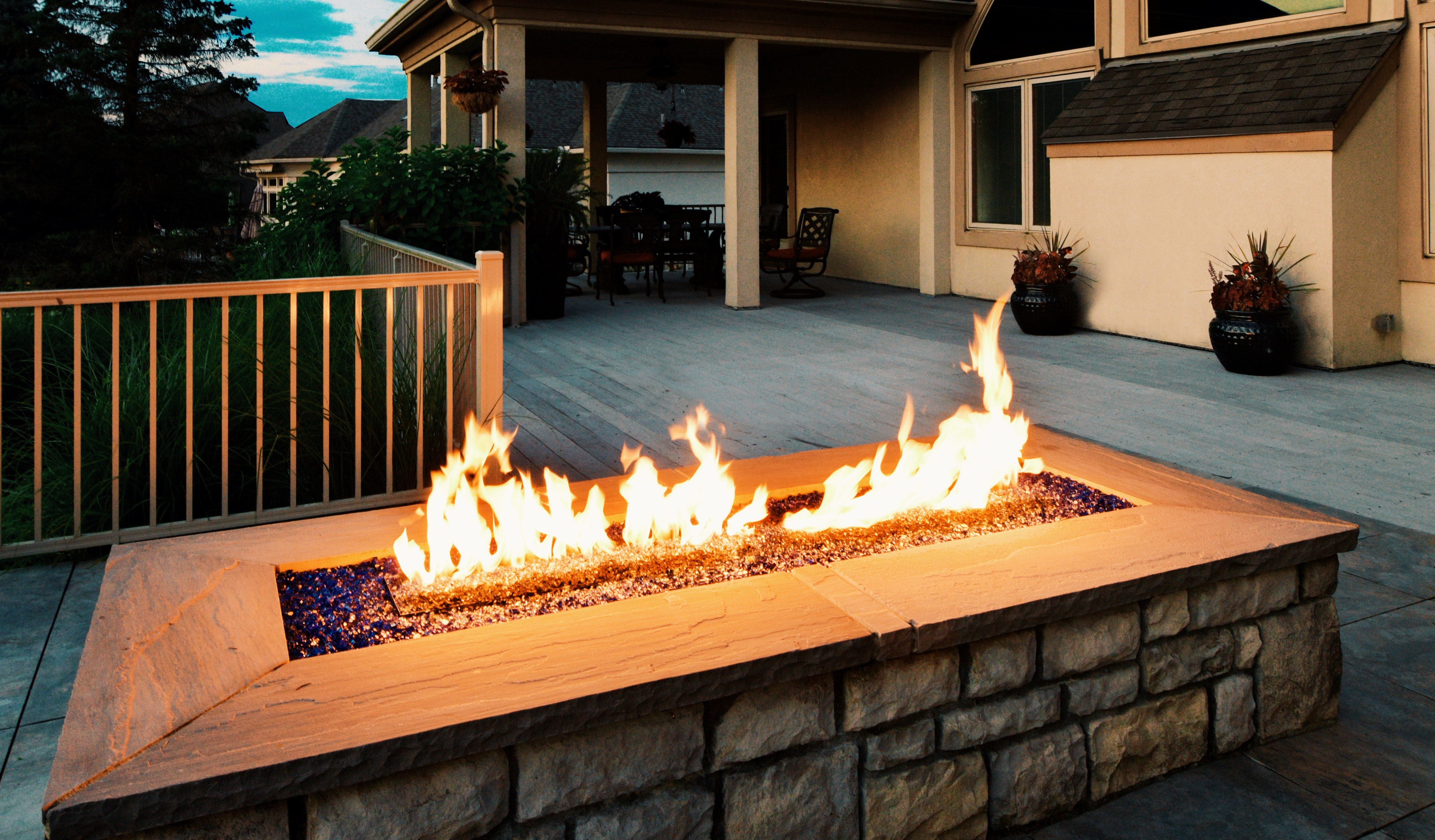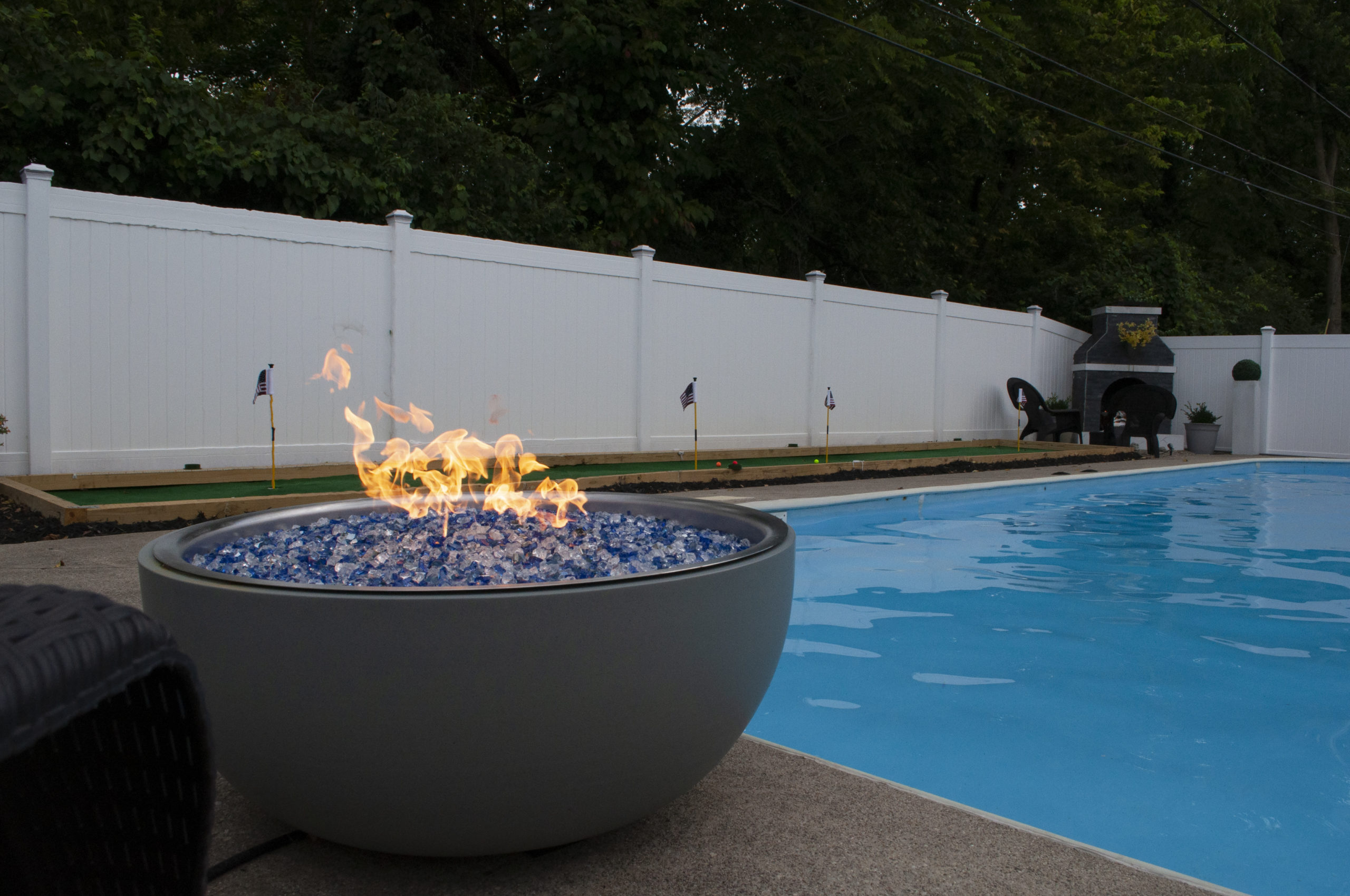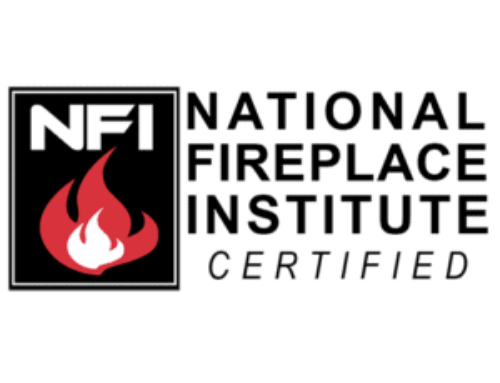Tech Talk: Natural Gas Composition
HPC Fire Inspired is a true leader in the fire feature industry. Our Team is dedicated to the innovation of technology that produces diverse, safe and quality product offerings which enhance consumers’ experiences.
HPC truly believes that knowledge is power. One of the many ways HPC supports consumers is by sharing applicable knowledge. Knowing your source of fuel is an important factor when selecting your fire appliance. Therefore, HPC wanted to dedicate this Tech Talk to educating our consumers around the composition of Natural Gas. It is our goal to streamline consumer experiences. In turn, this Tech Talk will aid consumers in understanding Natural gas as a fuel source which will better inform the selection process of the fire appliance.
BTUs: British Thermal Units
The British thermal unit is a unit of heat that measures the heat content of fuels or energy sources. British Thermal Unit, or BTU is defined as the amount of heat required to raise the temperature of one pound of water by one degree Fahrenheit. This is relevant as BTU is how the heating value of fuel sources are measured.

What is Natural Gas?
Natural gas abbreviated as NG, is the earth’s cleanest burning hydrocarbon. Its’ combustion does not produce ash residues or sulphur oxides. Natural gas is colorless and odorless in its’ natural state. This sets it apart from all the other fossil fuels. Natural gas forms organically over millions of years from decomposing plant and animal matter that is buried in sedimentary rock layers. The chemical name for Natural gas is Methane, or CH4. Methane is the primary component of natural gas. Prior to entering market the raw natural gas undergoes processing, which purifies it into methane with some ethane.
Physical Properties
The amount of heat you would get by burning 1 cubic foot of Natural gas or the heating value is 1,030 BTU/per cubic ft. Natural gas will ignite at 1,076 degrees F. Natural gas is lighter than atmospheric air as its’ density is .657 kg/m and the density of air is approximately 1.225 kg/m. To promote proper combustion there must be a proper fuel to air ration. One cubic foot of NG requires 10 cubic ft of atmospheric air for proper combustion.
What are the byproducts of Natural Gas Combustion?
When natural gas is burned the by-products of combustion are primarily carbon dioxide and water vapor. Natural gas or Methane contains only one carbon atom. Therefore, natural gas produces less carbon dioxide than any other fossil fuel and emits fewer pollutants than other fossil fuels.

Benefits of Using Natural Gas:
Natural gas burns cleaner as there are less carbon molecules in this fuel source. This fuel is lighter than air so it dissipates faster; therefore, natural gas features do not require an air mixer. In terms of installation, natural gas appliances require permanent infrastructure. This will increase the initial cost for the project upfront as one will need to work with gas professionals to ensure proper installation. However, once the infrastructure for natural gas is set up it offers many benefits; such as a constant, convenient supply of gas, long term cost savings and is safer for the environment.
Customer Service:
As always HPC prides itself on the service of our consumers. From the development of quality and safe products to providing education and accessibility to HPC Fire Feature Experts. Have any questions or concerns, contact our NFI Certified Tech Team at 937-436-9800. Let our team guide you to the fire feature of your dreams.





